
It Pays To Choose The Right Launching Pad For Success In Any Hybrid Cloud Journey
B.S. NAGARAJAN, Senior Director and Chief Technologist, Vmware India | Monday, 20 May 2019, 05:58 IST
 Most enterprises we interact with have either explored the Hybrid Cloud paradigm or are quite convinced about its effectiveness, economics and agility or are on the verge of moving to it. Many understand the opportunities offered by Hybrid Cloud technologies. They have witnessed several success stories or have experimented with it in isolated sections of their IT environments. They are largely convinced and want to make the leap of faith, but, do not necessarily know how to minimize risks and maximize success.
Most enterprises we interact with have either explored the Hybrid Cloud paradigm or are quite convinced about its effectiveness, economics and agility or are on the verge of moving to it. Many understand the opportunities offered by Hybrid Cloud technologies. They have witnessed several success stories or have experimented with it in isolated sections of their IT environments. They are largely convinced and want to make the leap of faith, but, do not necessarily know how to minimize risks and maximize success.
They would like to arrive at a low-risk way of getting started before scaling it by either experimenting with a starter configuration or a hands-on lab to become fully conversant with technological intricacies first. A ‘Start small and expand’ or a ‘Crawl-Walk-Run’ approachis indeed a responsible and pragmatic strategy to deal with their live mission-critical applications. However, in reality, resolving to embrace Cloud as an organization is more complex and time-consuming.
An effective Cloud strategy encourages enterprises to establish an infrastructural foundation with SW-defined compute, storage and networking, start with private Cloud before extending it to public Cloud, set up an effective Disaster Recovery (DR) Service and finally, move apps to Cloud to be able to scale on demand. But, the key may lie in picking one of the various possible use cases that is opportune for their specific business.
The Launching Pad
There are generally two key growth vectors that inevitably nudge enterprises toward Cloud. They are the need to activate robust DR and to extend capacity in tune with unpredictable demand spikes. Data Center (DC) capacity can, in turn come in various forms and hence, the solutions vary.
Disaster Recovery
The traditional solution of investing in a duplicate set of infrastructure that mirrors production does not make practical sense anymore both in terms of capital expenditure and operational overhead. Many enterprise customers also run their DR Service on their first Cloud infrastructure as a ‘low risk’ strategy. However, a recent decision by one of our customers was quite innovative. Their existing on premises infrastructure was 5 years old and their hardware (HW) needed to be refreshed. Hence, they used a leading DC technology along with its collaborative service with AWS (Amazon Web Services) to move all their production applications to Cloud while establishing DR on their legacy, on-premises infrastructure. They could thus use the latest infrastructure for their critical production systems which can be dialled up/down on demand while their occasionally used DR needed zero additional HW investment.
Capacity Growth
The need for new capacity takes on many forms as there could be several motivations for it. It could come in the form of DC evacuation, DC consolidation, DC expansion or DC extension.
DC Evacuation
There are many scenarios where a company uses a third-party DC provider on lease. If the lease is expiring and the company does not want to renew it either for cost or service reasons, it can become a big dilemma to find another provider to migrate to or to establish its own on a stringent deadline. Moving to Cloud using one of the proven DC technologies and service providers can be a very attractive and an effective option.
DC Consolidation
Infrastructure grows organically over time by integrating new technologies and new business requirements. Several loosely connected DCs on premises are the result. The costs, overhead and operational complexities also increase with a growing DC landscape. A DC consolidation exercise every few years is quite common in the industry and generally includes a major HW upgrade under a high stakes program. This can be an opportune time to consolidate the disparate DCs and their technologies into a consistent, flexible and agile DC on a Hybrid Cloud.
DC Expansion
Most enterprises come to a fork several times in their IT infrastructure evolution in terms of refreshing and expanding their aging HW or converting the whole asset acquisition play into a service on demand. Expansion is an easier leap to make in which they retain their ownership of their existing on-premises infrastructure while they purchase additional growth on a public Cloud. The two sections of the environment remain separate with regard to their governance. Hence, there will be less perceived disruption to the existing modes of governance and hence, is a ready use case to launch into Hybrid Cloud.
DC Extension
While DC expansion is an easier choice to start with, there may come a time when the lack of ability to move workloads between the on premises and Cloud will hamper IT efficiency and economics. There are proven technologies such as Layer 2 extension bedded into leading DC technologies that erase the boundaries between the two environments and make workload movement back and forth into a seamless exchange. However, there could be scenarios where existing workloads have been designed with location (e.g. IP Address) dependency and hence are required to be in a specific environment. In such cases, DC extension helps enterprises to retain the same identity (IP address) for their existing workloads even when they move to a public cloud. This is a very powerful capability that is otherwise very complex to achieve. I have come across a Pharma customer who not only moved their applications to Cloud, but, moved their legacy systems also to Cloud for a short while till migration is complete before their eventual EOL (End of Life).
Another low-risk option for enterprises is to first move their Dev Test environments to Hybrid Cloud, gain experience and then, address their Production environment later. There are even single host environments that one can start with before investing further. These require a relatively negligible investment.
The Journey of the Future
Hybrid Cloud as a concept has come of age and the technologies supporting it and the existing captive/on-premises environments are highly advanced. There are many enterprises around the world that have taken sure steps in this direction as part of their digital transformation. While the Hybrid Cloud technologies are advanced and proven, enterprises will still need to contemplate on the right way to begin their individual journey. They need to learn more about the opportunity assess their specific environments deeply, convince themselves about what it can deliver, and choose the right use case as the launching pad for a long, productive and transformational journey into Hybrid Cloud.
CIO Viewpoint
Unlocking the Potential of Cloud and AI: A...
By Pratik Jain, Lead Business Analyst – Digital Transformation, ACS Global Tech Solutions
Importance of Zero-Trust Cloud Security in the...
By Sameer Danave, Senior Director Marketing, MSys Technologies
The Transition to a Cloud-First World
By Kapil Makhija, Vice President -Technology Cloud, Oracle India
CXO Insights
AI Integration in Multi-Cloud and Edge...
By FaizShakir, VP & Managing Director – Sales, Nutanix
The Role of Hybrid Cloud in ERP Integration
By Swapnil Jugade, CIO, Revent Group
Cloud Sustainability and Its Role in a Greener...



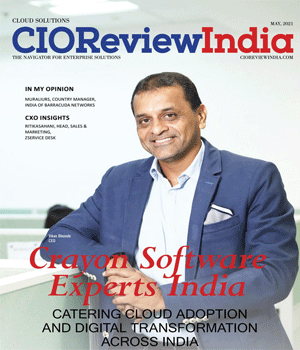
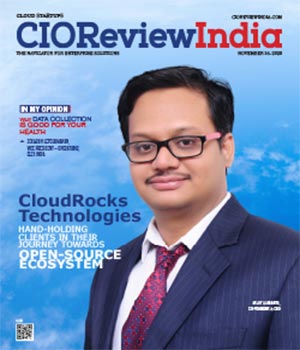

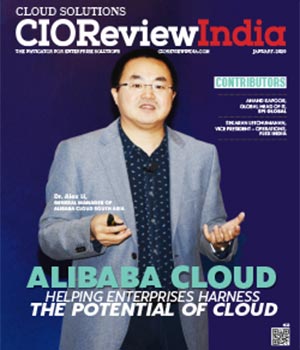
.jpg)
.jpg)
.jpg)
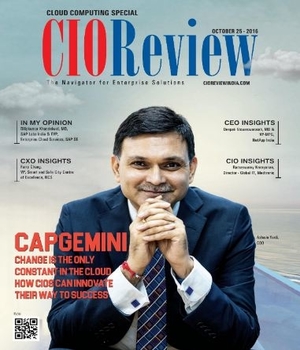
.jpg)
.jpg)
.jpg)

.jpg)
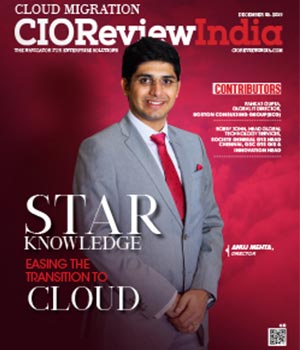
.jpg)




